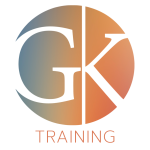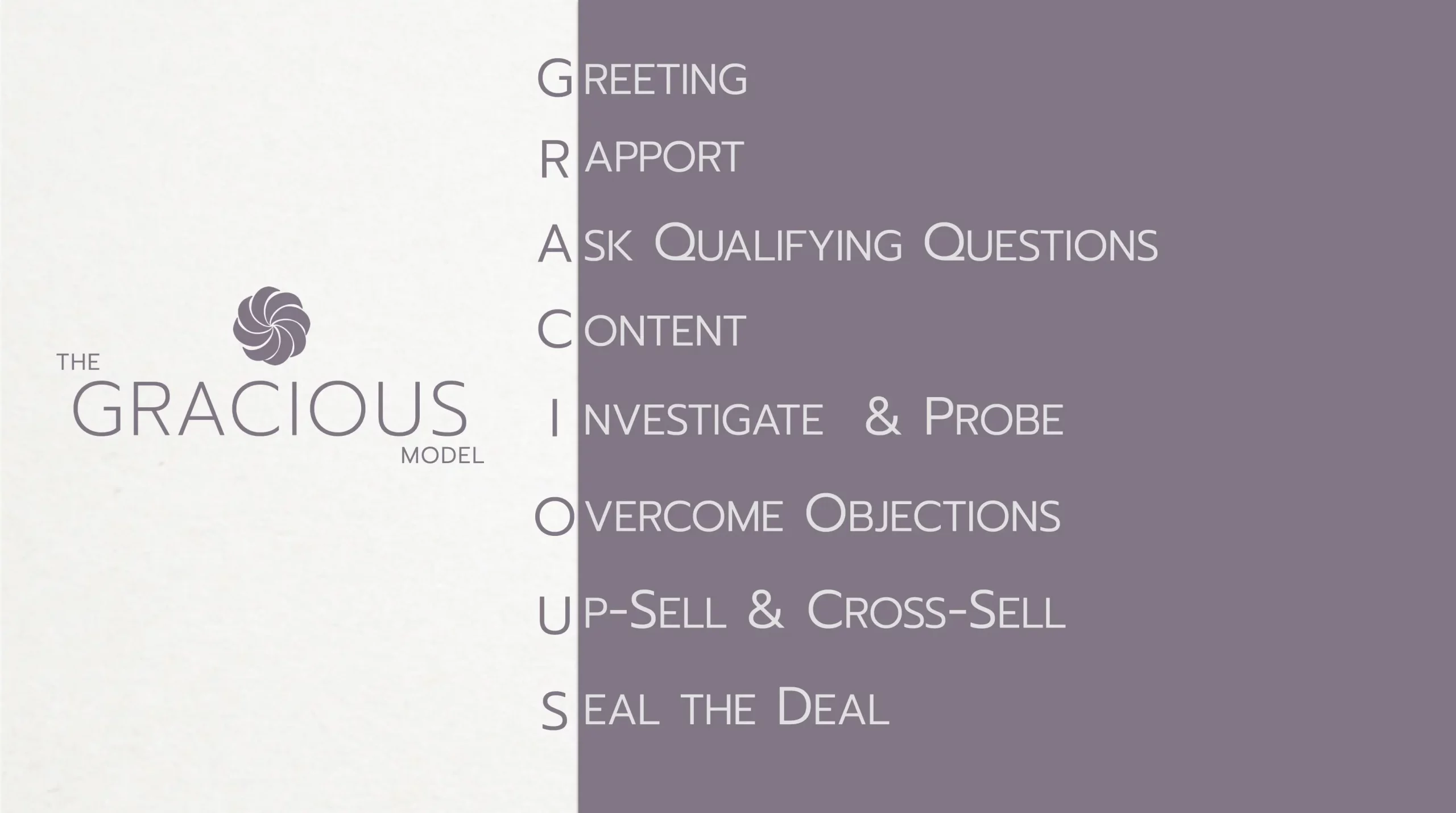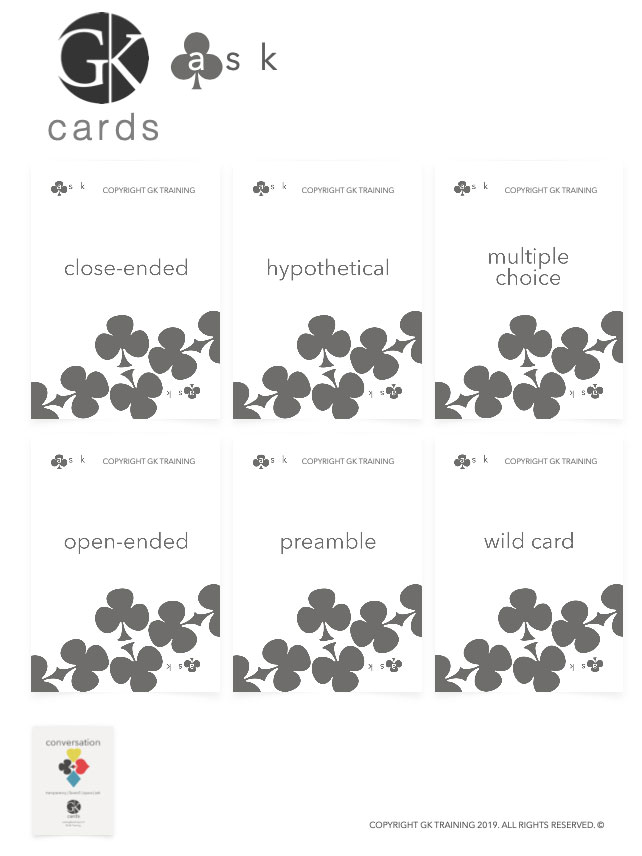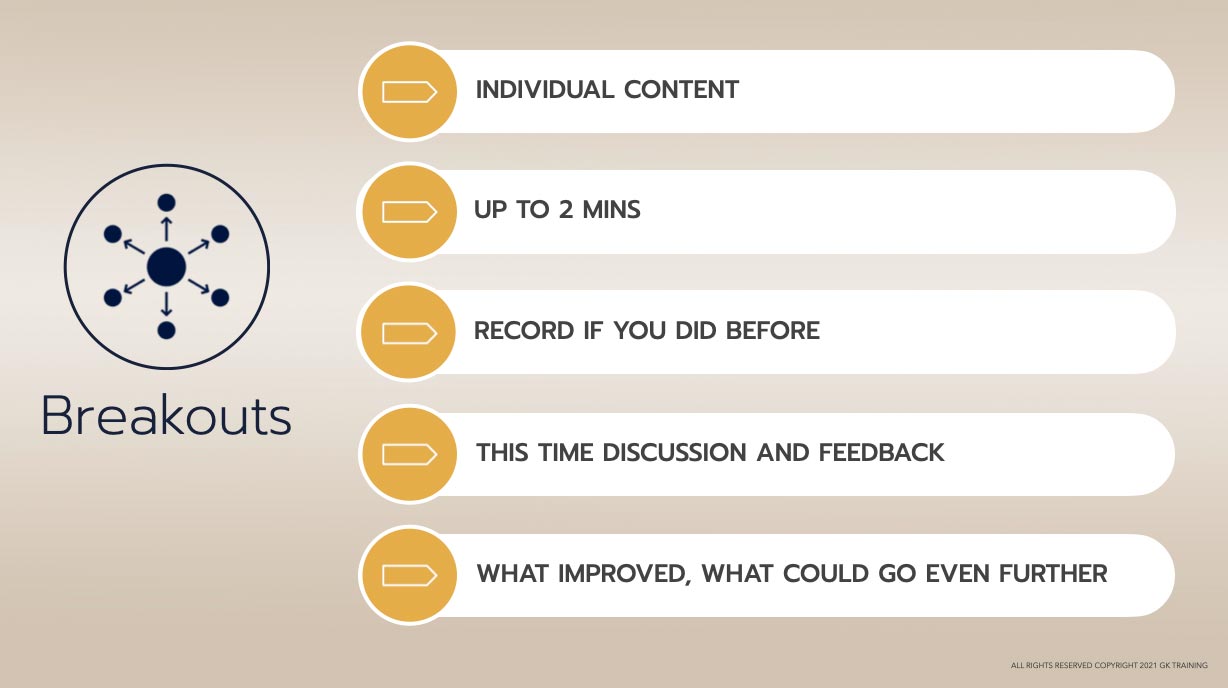CONTENTS

PERSUASIVE COMMUNICATION
NAME OF COMPANY
TYPE OF PROGRAM
PROPOSAL
RUN OF SHOW
The run of show below outlines the customized program GK Training can deliver for COMPANY NAME. It offers helpful tips and deep dives into the subject matter for each component of the session.
Persuasive Communication Run-of-Show
TYPE OF (TIME) WORKSHOP
WELCOME
WHY: Learners need a clear moment of embarkment, and a roadmap to know where they’re going and why.
ACTIVITY: The session begins with a moment of surprise and story-telling to engage. We set expectations and cover the agenda so participants feel comfortably in the hands of a trustworthy narrator and challenged by the session’s ambition. We emphasize how the day will equip the learners with new skills that are highly relevant to their professional activities and career level.
BASELINE
ACTIVITY
HOW: Before getting into the session content we demonstrate some of the challenges and pitfalls of persuasive interactions for the whole group. This also helps set the stage for participant role-plays later in the day.
ACTIVITY: We illustrate an initial client interaction—via scripted instructor role play or participant volunteer—and identify missed opportunities as well as strong execution.
LEARN MORE:
Michael has an interaction with Michael, watch to see what happens.
THE INNER GAME
WHY: Mindset matters, particularly when it comes to business development and relationship management, so that’s where we start.
HOW: The first step in improving is to examine principles of influence and dispel any personal assumptions and mental blocks participants have about the topic.
ACTIVITY: In a brief and engaging interactive lecture format we introduce The Big Idea: pitching, client management, business development, and related activities are ultimately about helping, not “selling.”
NOT THIS:

THIS:

GRACIOUS MODEL
WHY: To achieve actual behavioral change, participants need to learn not just with their brains but with their bodies. We use kinesthetic learning and embodied cognition to build new habits that stick.
HOW: The heart of this curriculum is our intuitive, memorable, acronym-based model for a structured approach to any persuasive conversation.
ACTIVITY: With a gestural, mnemonic activity, participants ingrain the model and the learning becomes kinesthetic, not just mental.
LEARN MORE:
Check out this quick intro of the GRACIOUS Model.
QUESTION AWARENESS
AND AGILITY
ACTIVITY: Instructor teaches GK Training’s Five types of effective questions and highlights their definitions, purpose, and common mistakes such as: asking in negative, failing to pause, asking multiple consecutive questions and more. Participants practice, using provided or self-created questions.
CONTEXT:
OVERCOMING
OBJECTIONS
WHY: People push back and a key part of persuasion his handling those moments in a non-adversarial, constructive manner.
HOW: Instructor teaches the GK Training methodology for overcoming objections
in four stages: Acknowledge; Empathize; Ask permission; Address.
ACTIVITY: First, learners work on removing oppositional language (like but, although, however). Next they practice the model on frequent client-specific objections in pairs or trios.
CONTEXT:
Here’s a video from our Online Learning Program about Overcoming Objections
BREAKOUT
ACTIVITY
HOW: Learners practice the program’s lessons in breakout groups.
ACTIVITY: Participants role-play a persuasive communication scenario in groups of three, implementing tools and techniques from the session. Everyone gets a chance to practice and a chance to observe
HOMEWORK AND
NEXT STEPS
ACTIVITY: The session wraps up with a preview of the reinforcement emails each participant will receive, an introduction to GK’s interactive practice app Question Roulette (custom version), and guidance on HW.
CONTEXT:
Here’s a demo of the GK Practice App “Question Roulette”
